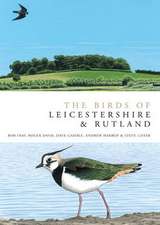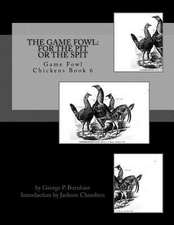Icelandic Trade with Gyrfalcons
en Limba Engleză Paperback
Preț: 126.17 lei
Nou
Puncte Express: 189
Preț estimativ în valută:
24.15€ • 26.24$ • 20.30£
24.15€ • 26.24$ • 20.30£
Disponibil
Livrare economică 31 martie-14 aprilie
Preluare comenzi: 021 569.72.76
Specificații
ISBN-13: 9789979727620
ISBN-10: 9979727624
Pagini: 98
Dimensiuni: 140 x 216 x 6 mm
Greutate: 0.17 kg
Editura: Sigurdur Aegisson
ISBN-10: 9979727624
Pagini: 98
Dimensiuni: 140 x 216 x 6 mm
Greutate: 0.17 kg
Editura: Sigurdur Aegisson
























